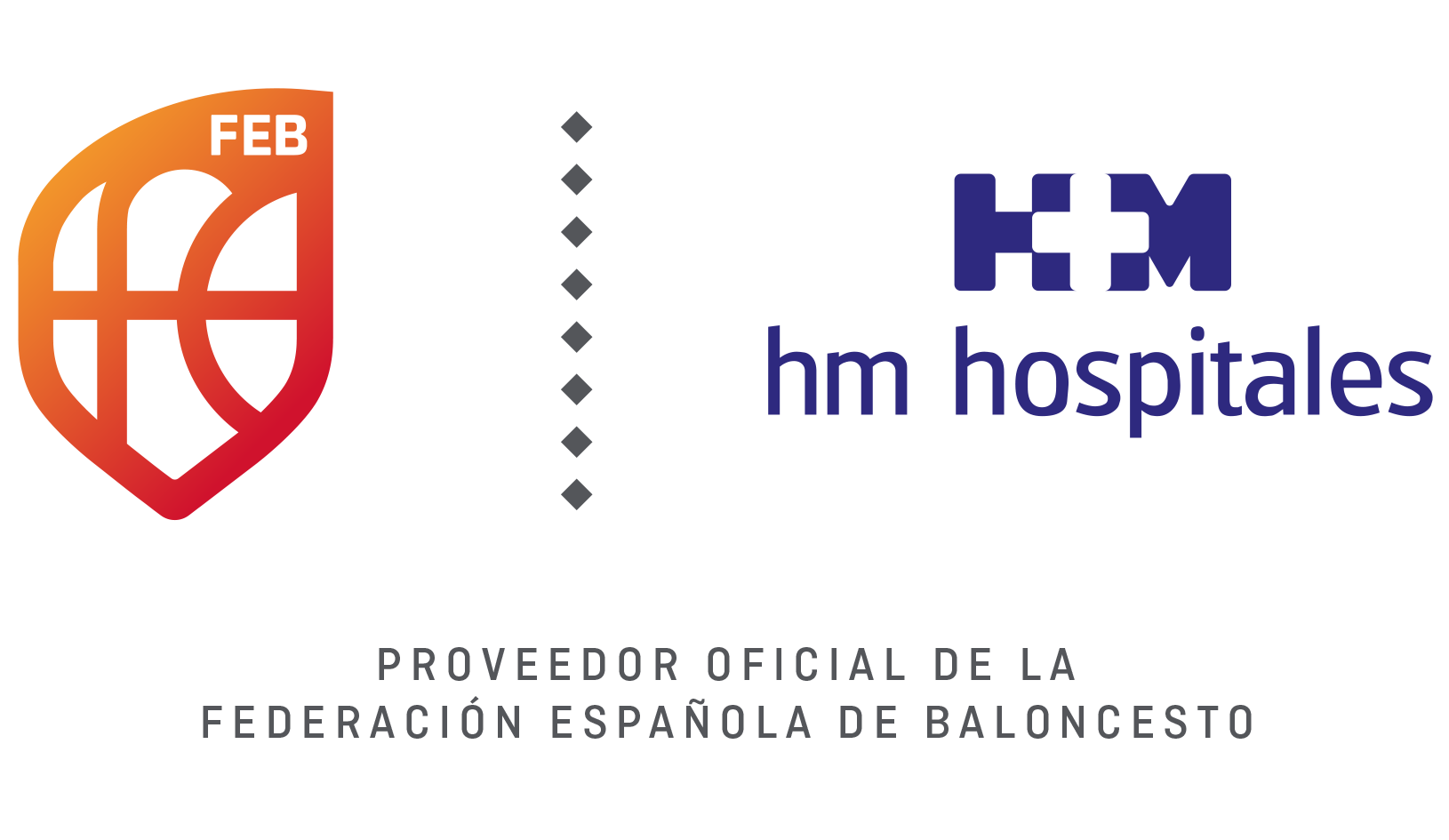• Diabetic education, led by a specialised nurse, is key to improving patients’ quality of life, including children and adolescents newly diagnosed with the disease.
• The unit also leads the implementation of advanced technological systems, with the installation of 50 closed-loop systems and continuous glucose monitoring for over 200 patients.
The University Hospital HM Montepríncipe has established its Diabetes Unit as the most comprehensive in private healthcare. The integration of technological systems, innovative treatments, and a multidisciplinary approach—involving endocrinologists, nurse educators, and nutritionists—ensures a holistic management of diabetes mellitus. This allows for efficient and personalised care for all patients, both outpatients and inpatients. “The key lies in having a multidisciplinary team that addresses all aspects of this chronic disease, which often affects very young individuals and their families,” says Dr. Pilar García Durruti, Head of the Endocrinology and Nutrition Department at the University Hospital HM Montepríncipe.
“In our view,” she continues, “it is essential to provide support at the time of diagnosis so that patients feel accompanied, teach them how to live with the disease without significantly compromising their quality of life, and continue to offer support to resolve any difficulties that may arise or facilitate access to new technological advancements. Ultimately, we aim to stand by their side to make their lives easier and better.”
Diabetic education
One of the cornerstones of this unit is diabetic education, a process that supports patients from the moment of diagnosis. The unit provides care for individuals with Type 1 Diabetes (T1D), Type 2 Diabetes (T2D), and gestational diabetes. The nurse educator plays a crucial role in this aspect, offering training on disease management and the use of new technologies. “This work is particularly important when children or adolescents are newly diagnosed, as early intervention helps families adapt and improves the quality of life for young patients,” explains Dr. García Durruti. The nurse ensures patients learn everything necessary for proper diabetes management, including the use of glucose monitoring systems and other complex continuous insulin delivery systems. Additionally, this role significantly supports doctors, as “a well-educated patient is undoubtedly one who will experience a much more favourable disease progression compared to those without such education.”
Advanced technology in processes
Technological innovation is central to the leadership of the Diabetes Unit at the University Hospital HM Montepríncipe. In 2024, 50 patients began using closed-loop systems, also known as artificial pancreas systems or automated insulin delivery systems. These devices integrate an insulin pump, a real-time continuous glucose monitor, and a control algorithm that automatically adjusts insulin delivery based on sensor readings. The goal is to maintain stable glucose levels close to normal, enabling individuals with T1D to keep their blood glucose within appropriate ranges for most of the day.
The unit’s director notes that over 200 patients have already started using continuous glucose monitoring (CGM) devices, significantly improving their disease management. “The implementation of this system represents a remarkable paradigm shift, as it not only eliminates the need for frequent finger pricks to check glucose levels but also provides real-time data 24 hours a day—during sleep, exercise, and more,” she explains. She also highlights that “this allows us to better understand glucose spikes and drops, prevent imbalances, and tailor pharmacological treatments more precisely to our patients’ needs.” Dr. García Durruti adds that, in Spain, these systems are only subsidised for patients using basal and prandial insulin. However, she believes “they would also be highly beneficial for elderly patients using only basal insulin or certain oral medications, particularly to prevent unnoticed hypoglycaemia, which often causes dizziness, falls, or cognitive decline.”
Expanding the care model
Another goal of HM Hospitales is to extend this care model to the University Hospital HM Madrid to provide specialised care for patients with T2D. As Dr. García Durruti explains, “these patients have different care needs compared to those with T1D. They are generally older and often have other comorbidities. HM Madrid is the perfect setting to care for them, with the collaboration of specialists in internal medicine, cardiology, vascular surgery, and ophthalmology.” Additionally, the unit will focus on diabetic education and include a specialised nurse who will not only serve as an educator but also ensure the proper flow of patients between the relevant specialists. The corporate objective is to gradually expand this unit model to other regions where HM Hospitales operates, including Galicia, Catalonia, Castilla y León, Andalusia, and Castilla-La Mancha.
In the coming years, the aim is to expand CGM coverage to more patients with T2D and those with post-pancreatectomy diabetes. Additionally, the unit seeks to strengthen training in emerging technologies for both the team and patients, while establishing a mental health consultation to support all individuals living with this chronic condition.











